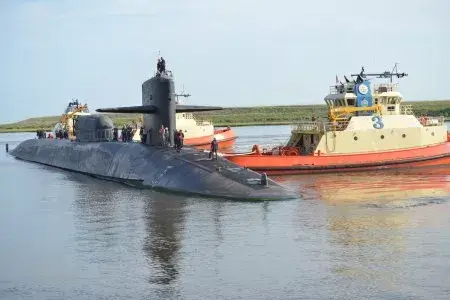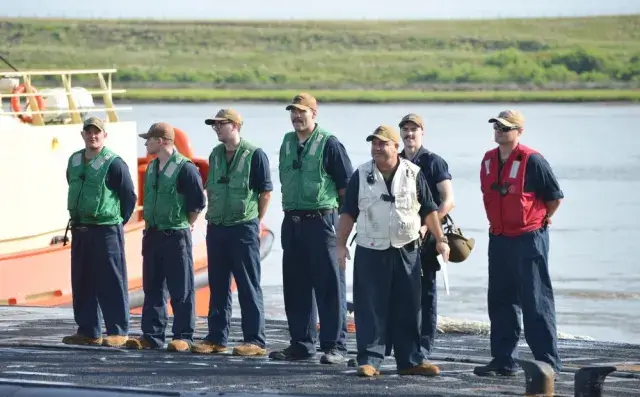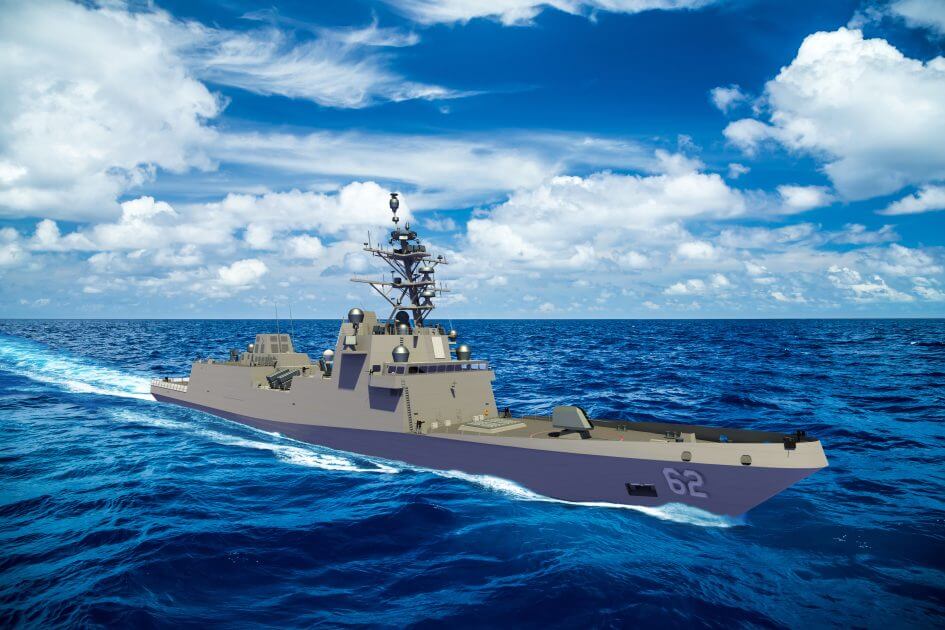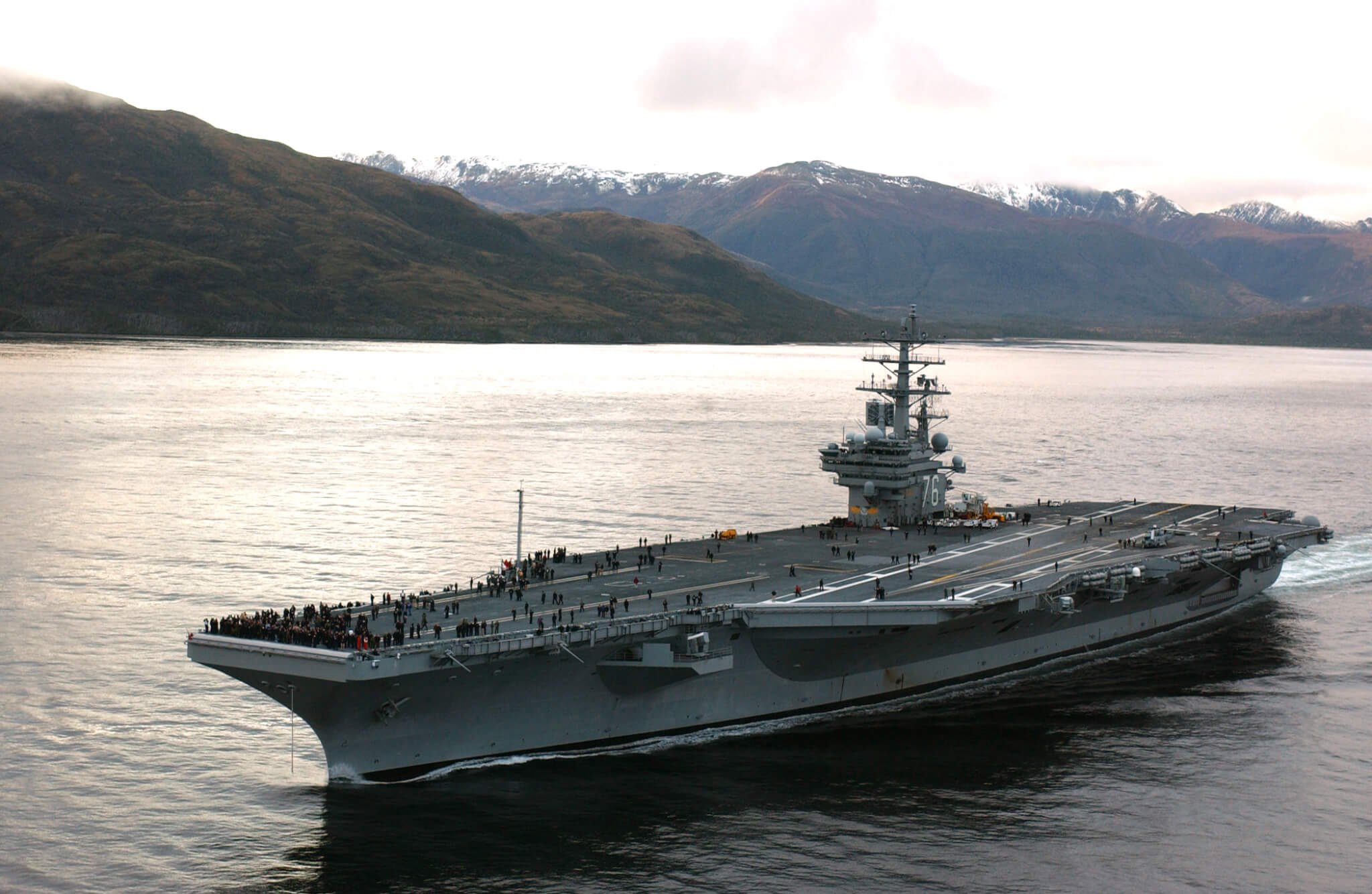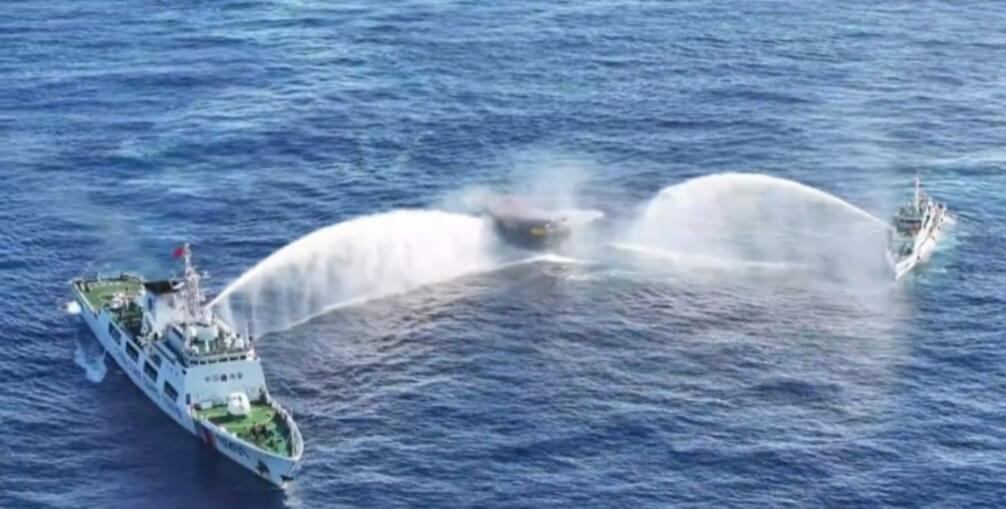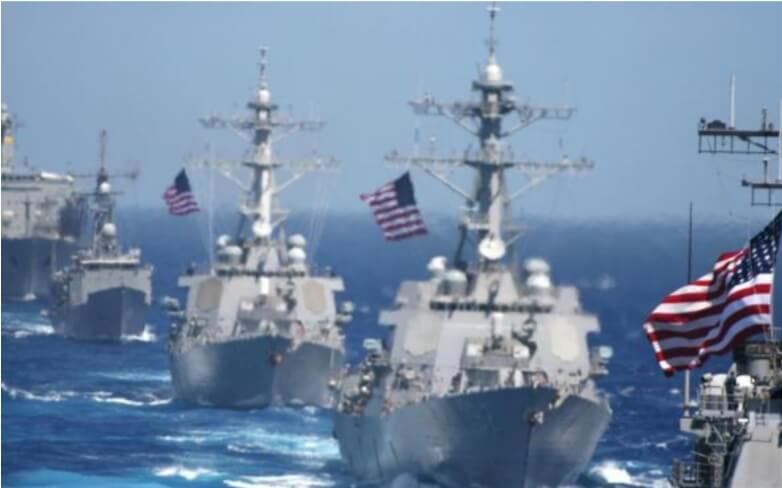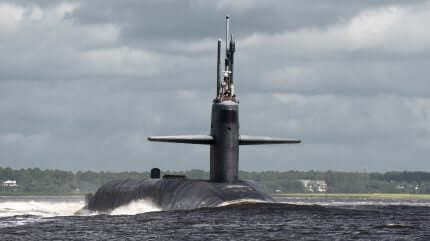
Welcome to this week’s edition of US Naval News Wednesday, bringing you the latest and most significant updates from the naval front.
Operational Updates
- USS Abraham Lincoln Heads to Middle East: The USS Abraham Lincoln (CVN-72) is on its way to the Middle East to replace the USS Theodore Roosevelt (CVN-71), which has been operating in the region to support maritime security and protect merchant traffic.
- USS Wasp in Eastern Mediterranean: The Wasp Amphibious Ready Group, including the USS Wasp (LHD-1), USS New York (LPD-21), and USS Oak Hill (LSD-51), is currently deployed in the Eastern Mediterranean as part of a potential non-combatant evacuation operation from Lebanon.
- US and Philippine Warships Patrol South China Sea: The USS Mobile (LCS-26) and BRP Ramon Alcaraz (PS-16) conducted a joint patrol in the South China Sea to demonstrate the strength of the alliance between the two nations.
- Pacific Partnership 2024-2 Kicks Off in Legazpi, Philippines: This humanitarian mission kicked off with an opening ceremony at the Legazpi City Expo Center. The mission will focus on disaster response, medical care, and strengthening regional partnerships.
- USS Preble to Forward Deploy to Japan: The Arleigh Burke-class guided-missile destroyer USS Preble (DDG 88) will move to Yokosuka, Japan, enhancing the U.S. Navy’s presence and operational capability in the Indo-Pacific region.
Technological Advances
- New Uncrewed Underwater Vehicle (UUV) Deployment: The USS Delaware will soon be equipped with a new uncrewed underwater vehicle (UUV) capability. This initiative is part of the Navy’s efforts to enhance subsea and seabed warfare operations, utilizing advanced autonomous technologies.
- Final Littoral Combat Ship Launched: Austal USA launched the final Littoral Combat Ship, USS Pierre (LCS-38), marking the end of this shipbuilding program. The Navy will now focus on the Constellation-class frigate program.
Diplomatic and Strategic Developments
- Continuing Promise 2024: The U.S. Navy’s expeditionary fast transport, USNS Burlington (T-EPF 10), is set to deploy to the U.S. Southern Command area of operations. The mission aims to foster goodwill, strengthen partnerships with countries like Jamaica, Costa Rica, Honduras, Colombia, and Panama, and enhance medical readiness through collaboration with local medical personnel.
Personnel News
- Change of Command at Naval Safety Command: Rear Adm. Daniel Martin relieved Rear Adm. Christopher Engdahl as the 59th commander of the Navy’s safety organization during a ceremony at Joint Forces Staff College.
- Dr. Lloyd’s Journey: Dr. Christopher Lloyd was named as the Navy Distinguished Scientist for Directed Energy, becoming the Navy’s senior subject matter expert on directed energy. His career highlights the importance of resilience and dedication to scientific excellence in the Navy.
Community and Family News
- U.S. Navy Band Country Current Tour: The Navy’s only country/bluegrass ensemble, Country Current, is set to tour Maine starting August 25. The performances aim to connect with communities and inspire national pride through music.
Shipbuilding News
- Austal USA to Build More Landing Craft Utility Vessels: Austal USA will construct two additional Landing Craft Utility (LCU) 1700-class vessels for the U.S. Navy, enhancing its amphibious capabilities.
- General Dynamics Secures Contract for Virginia-class Submarines: General Dynamics Electric Boat has received a $1.3 billion contract to procure materials for the Virginia-class Block VI submarines, supporting the Navy’s efforts to replace aging Los Angeles-class submarines.
Opinion
- Seth Cropsey on U.S. Navy Strategy: In his recent op-ed in the Wall Street Journal, Seth Cropsey,former United States Department of Defense official, author of several books and studies on maritime strategy and the president of the Yorktown Institute, argues that the U.S. Navy is a “ship without a rudder,” emphasizing that the current defense strategy of being everywhere at once is unsustainable. Cropsey highlights the impact of the Houthis’ Red Sea attacks, noting the significant loss in shipping traffic through the Suez Canal and the economic strain on Egypt. He calls for a more focused and strategic approach to naval operations to ensure effective and sustainable defense capabilities.
International Naval News
- U.S. Navy Submarine Returns from Two-Year Mission: The USS Florida, an Ohio-class guided-missile submarine, returned to Naval Submarine Base Kings Bay, Georgia, after a 727-day deployment across multiple fleet areas of operations.
Stay tuned for more updates and insights in next week’s edition of US Naval News Wednesday!


